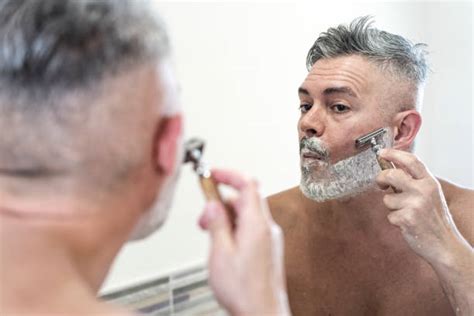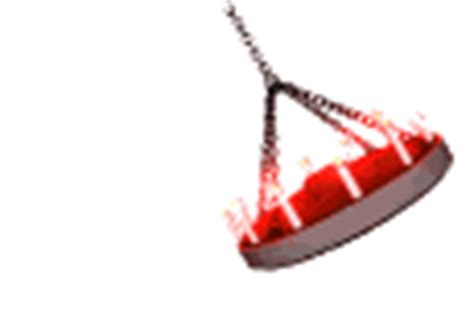How to eliminate razor burn & ingrown hairs for a smooth, peak performance shave?

Unlocking the Secret to a Superior Shave
For many, shaving is a daily ritual, yet it often comes with the unwelcome companions of razor burn, irritation, and stubborn ingrown hairs. These nuisances not only detract from a clean appearance but can also cause discomfort and undermine confidence. A truly “peak performance” shave isn’t just about removing hair; it’s about achieving ultimate smoothness without any post-shave regrets. This guide will walk you through the precise steps and techniques to transform your shaving routine into a pain-free, consistently excellent experience, ensuring your skin remains calm, clear, and perfectly smooth.
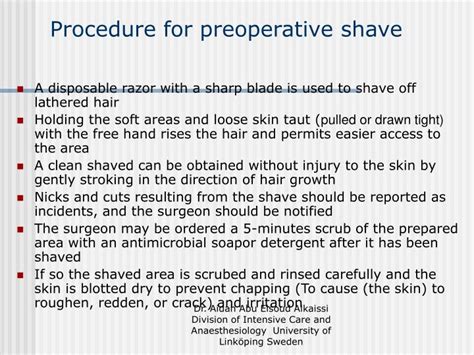
Step 1: The Critical Pre-Shave Preparation
The foundation of any great shave is laid before the blade ever touches your skin. Proper preparation softens the hair, opens pores, and creates a protective barrier, drastically reducing the risk of irritation and ingrown hairs.
Exfoliate Gently
Start by gently exfoliating your skin. This removes dead skin cells that can trap hairs and lead to ingrowns. A mild facial scrub or a warm washcloth can do the trick. Focus on areas prone to ingrown hairs.
Warm Water is Your Best Friend
Shave after a warm shower or by applying a hot towel to your face for a few minutes. The warmth softens your hair follicles, making them easier to cut and reducing tugging and pulling. It also opens up pores, allowing for a closer shave.
Apply a Pre-Shave Oil or Cream
A high-quality pre-shave oil or cream adds an extra layer of lubrication between your skin and the razor. It helps the blade glide effortlessly, minimizing friction and protecting against nicks and irritation. Massage a small amount into your skin before applying your shaving cream.
Step 2: Mastering the Shave Technique
Once your skin is primed, the actual shaving process requires precision and the right tools. Hurrying or using improper technique is a primary culprit for razor burn and ingrown hairs.
Choose the Right Tools
Sharp Blade: A dull blade is the enemy. It drags and pulls at hairs, causing irritation. Replace your razor blade or cartridge regularly—typically every 5-7 shaves for multi-blade razors, or every 1-2 shaves for single-blade safety razors.
Quality Shaving Cream/Gel: Opt for a rich, moisturizing shaving cream or gel that creates a dense, protective lather. Avoid aerosol foams that can dry out your skin. Apply a generous amount to ensure all hairs are covered and lifted.
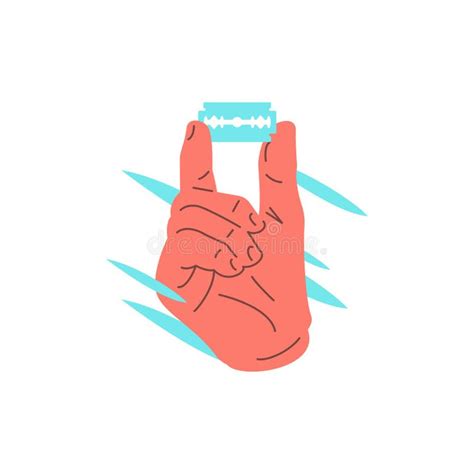
Shave With the Grain, Then Across (If Needed)
Always start by shaving with the direction of hair growth. This is the golden rule for preventing razor burn and ingrown hairs. While it might not feel as “close” initially, it significantly reduces irritation. If a closer shave is desired, reapply lather and carefully shave across the grain (perpendicular to hair growth), never against it, especially if you have sensitive skin or are prone to irritation.
Light Pressure is Key
Let the razor do the work. Applying too much pressure forces the blade too deep, leading to skin irritation and cut follicles. A good razor, combined with proper lubrication, requires minimal pressure to effectively cut hair.
Rinse Your Blade Frequently
Clogged blades are ineffective blades. Rinse your razor under hot water after every couple of strokes to clear away hair and shaving cream, ensuring a consistently clean cut.
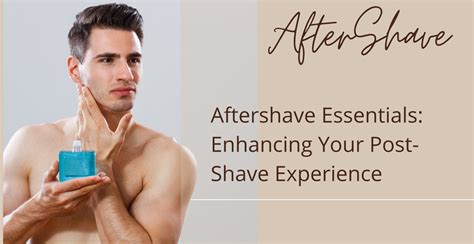
Step 3: The Essential Post-Shave Routine
The care you give your skin immediately after shaving is just as important as your preparation and technique. This step soothes, hydrates, and protects your skin, locking in that smooth finish.
Rinse with Cold Water
Once you’ve finished shaving, rinse your face with cold water. This helps to close pores and tighten the skin, reducing redness and preventing bacteria from entering.
Apply a Soothing Aftershave Balm
Skip alcohol-based aftershaves, which can dry out and irritate your skin. Instead, opt for a hydrating, alcohol-free aftershave balm or moisturizer specifically formulated to soothe and calm freshly shaved skin. Look for ingredients like aloe vera, witch hazel (alcohol-free), chamomile, or hyaluronic acid.
Moisturize Regularly
Keep your skin hydrated daily, not just after shaving. Well-moisturized skin is more resilient and less prone to irritation and ingrown hairs.
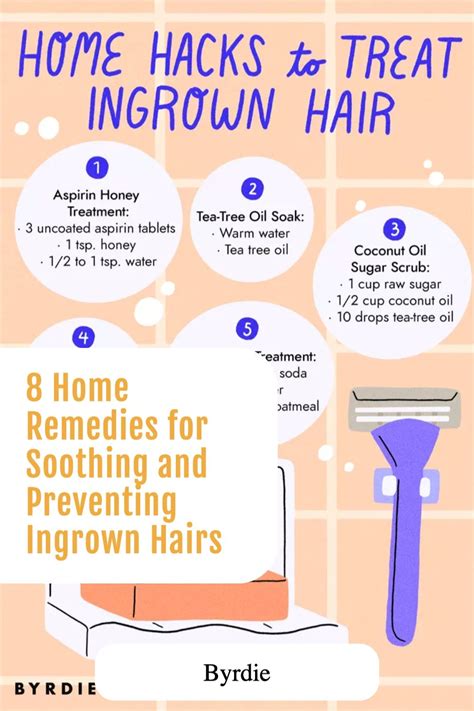
Preventing and Treating Ingrown Hairs
Even with the best routine, ingrown hairs can sometimes pop up. Here’s how to minimize their occurrence and manage them when they do:
- Regular Exfoliation: Continue to exfoliate gently between shaves to prevent dead skin cells from trapping new hair growth.
- Don’t Pick: Resist the urge to pick or dig at ingrown hairs, as this can lead to infection and scarring.
- Warm Compress: If an ingrown hair appears, apply a warm compress to the area for a few minutes. This can help to bring the hair to the surface.
- Specialized Products: Consider using products designed to treat and prevent ingrown hairs, often containing salicylic or glycolic acid.

Consistency is Key
Achieving a consistently smooth, irritation-free shave is a journey, not a one-off event. By diligently following these pre-shave, shaving, and post-shave steps, you’ll not only eliminate the dreaded razor burn and ingrown hairs but also elevate your daily grooming ritual into a true peak performance experience. Embrace these techniques, listen to your skin, and enjoy the confidence that comes with a perfectly smooth complexion.






